WITNESS
A group exhibition featuring Dennis Adams, Troy Brauntuch, John Brill, Heide Fasnacht, Richard Hamilton, Pablo Helguera, Jerry Kearns, Annette Lemieux, Muntadas, Irving Petlin, Walid Raad, Judith Shea, & Liselot van der Heijden
February 4 – April 5, 2016
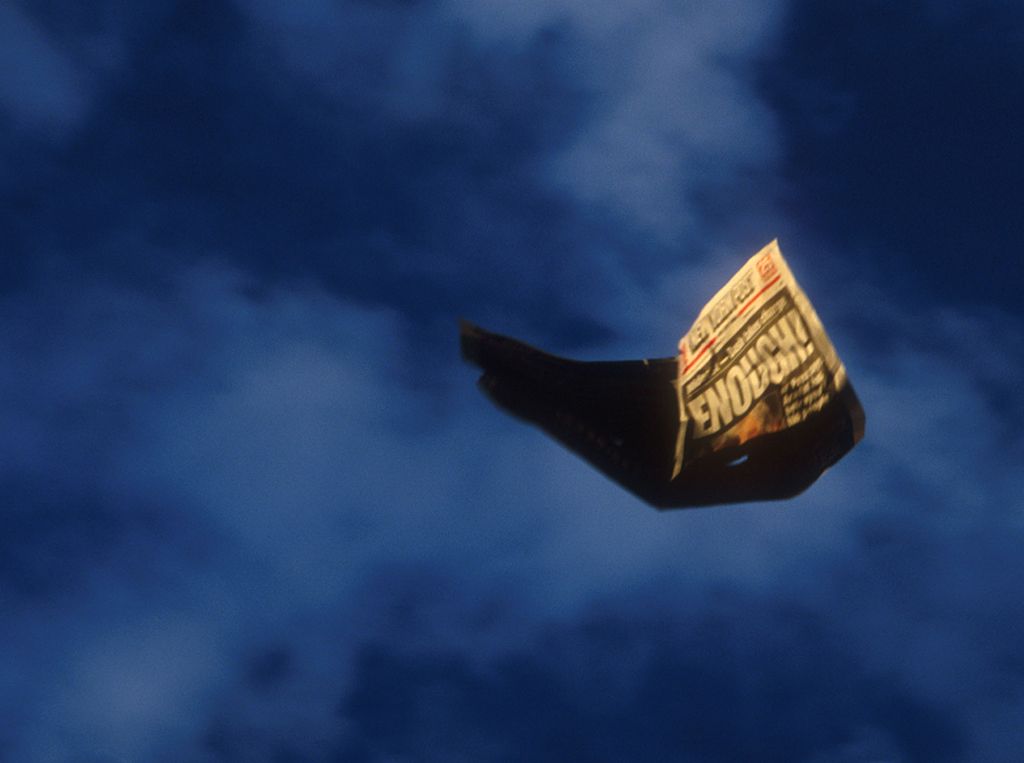
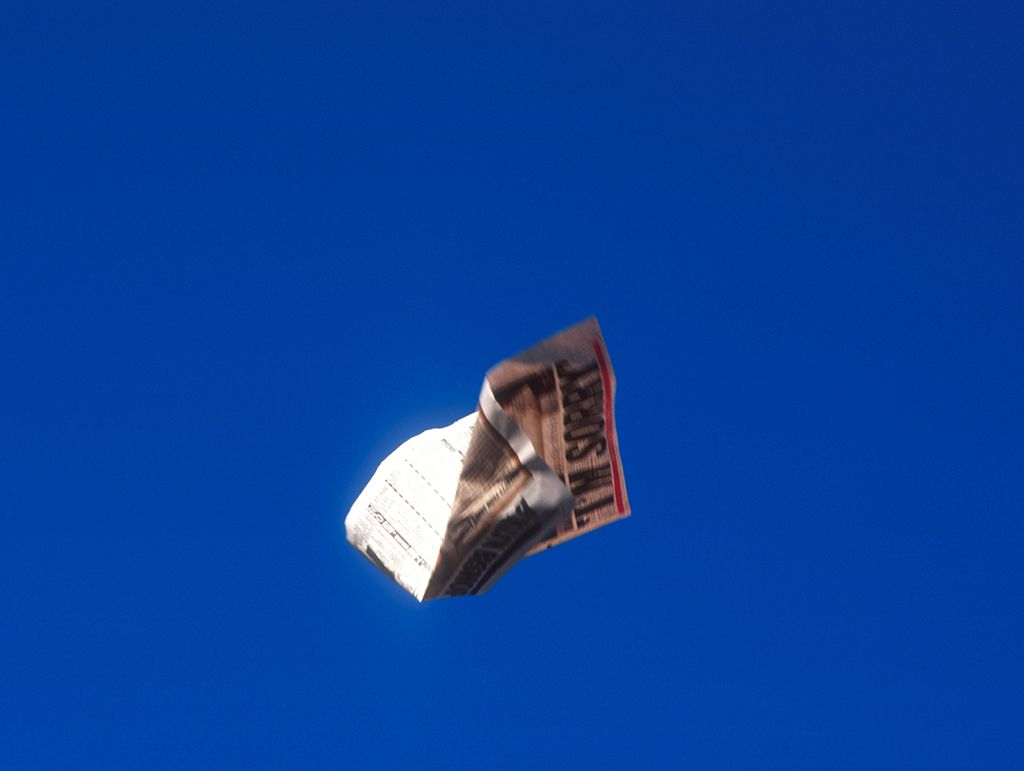



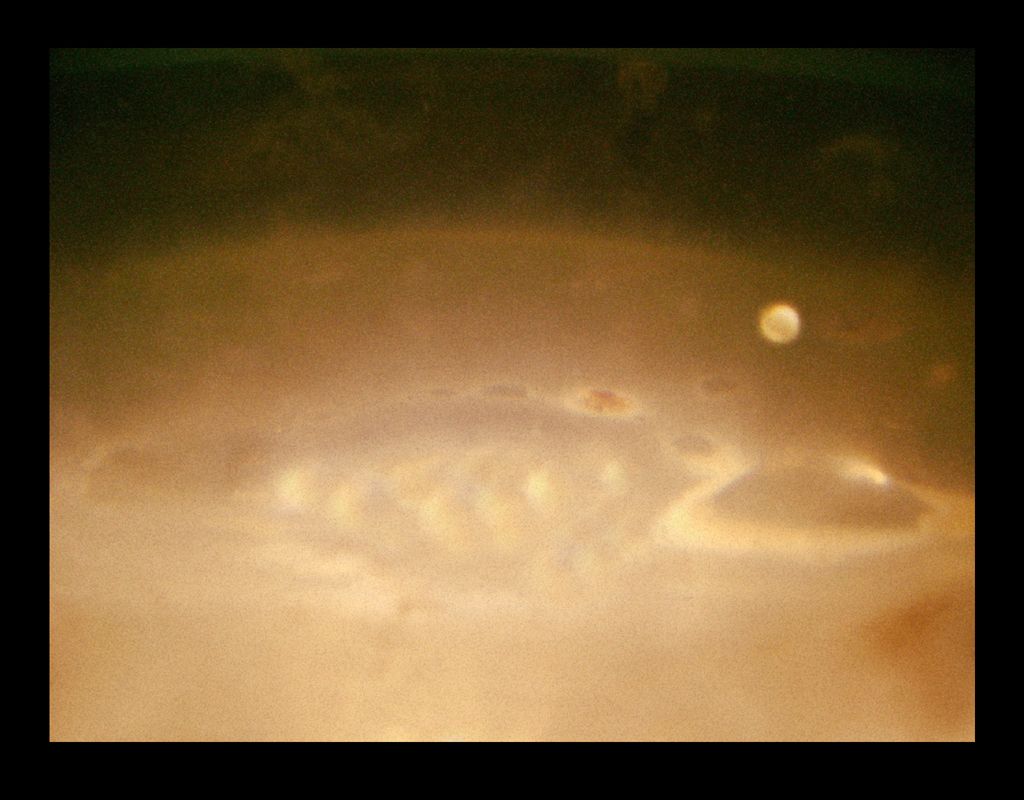
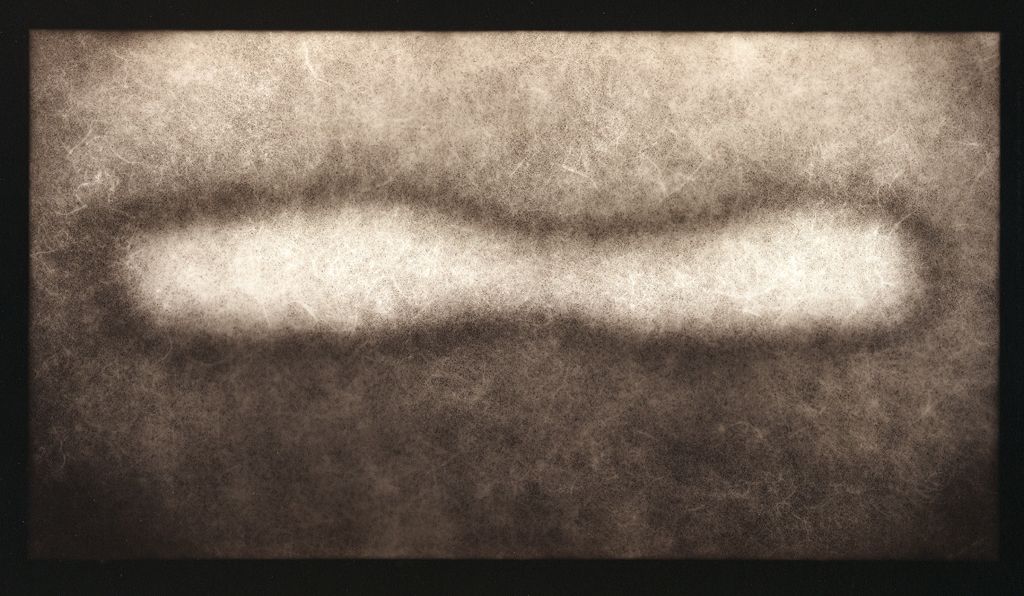
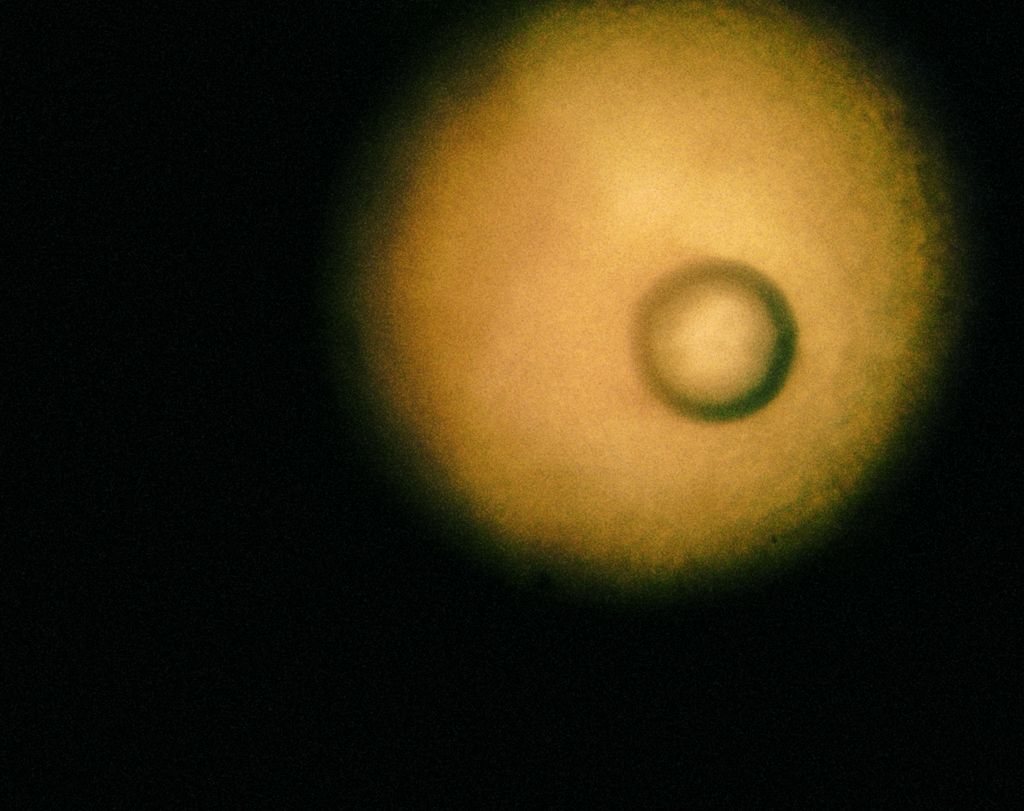
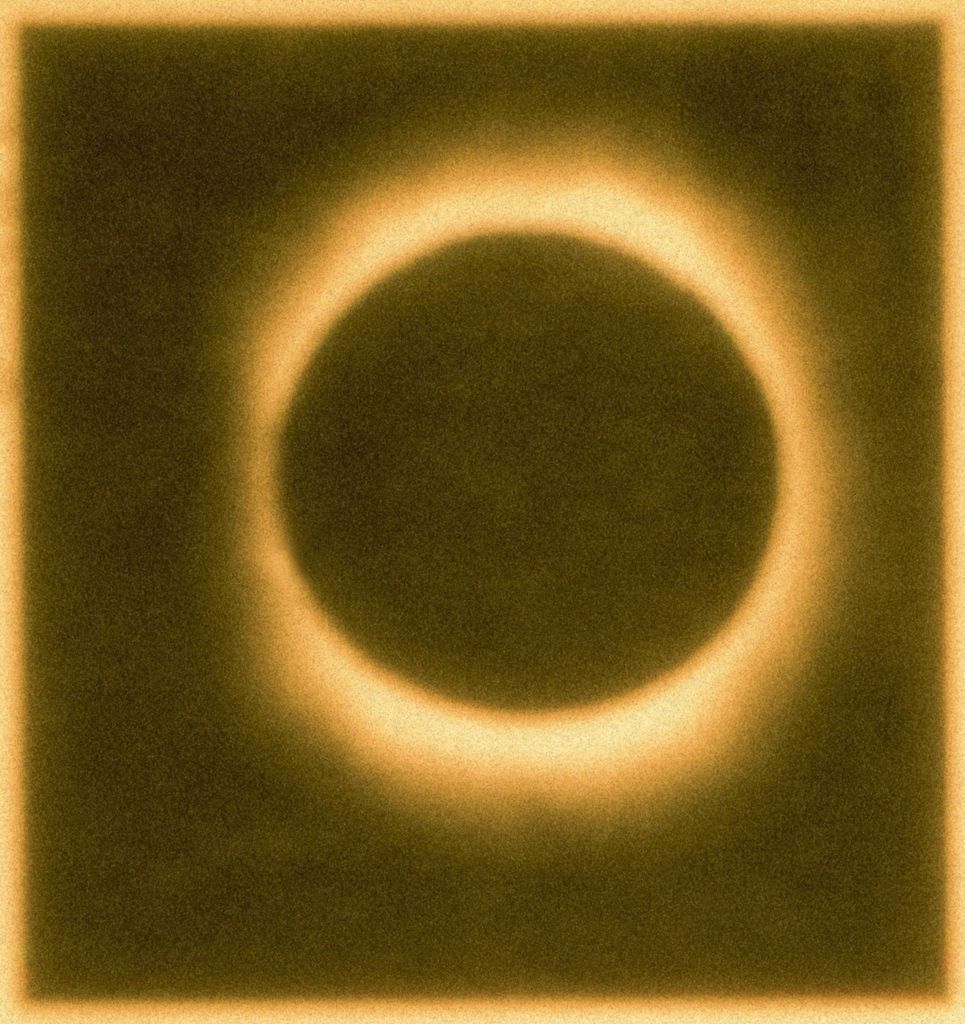

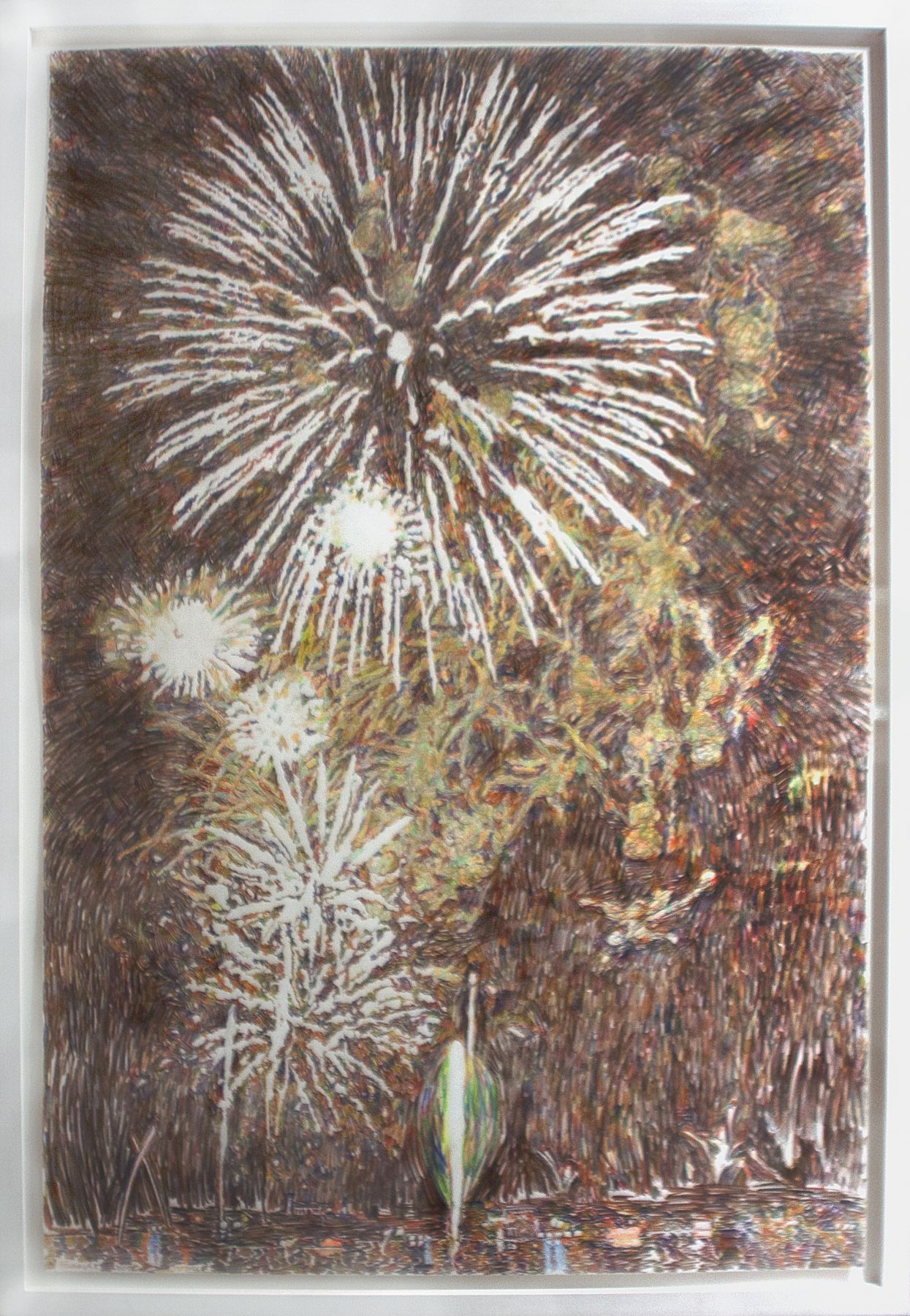
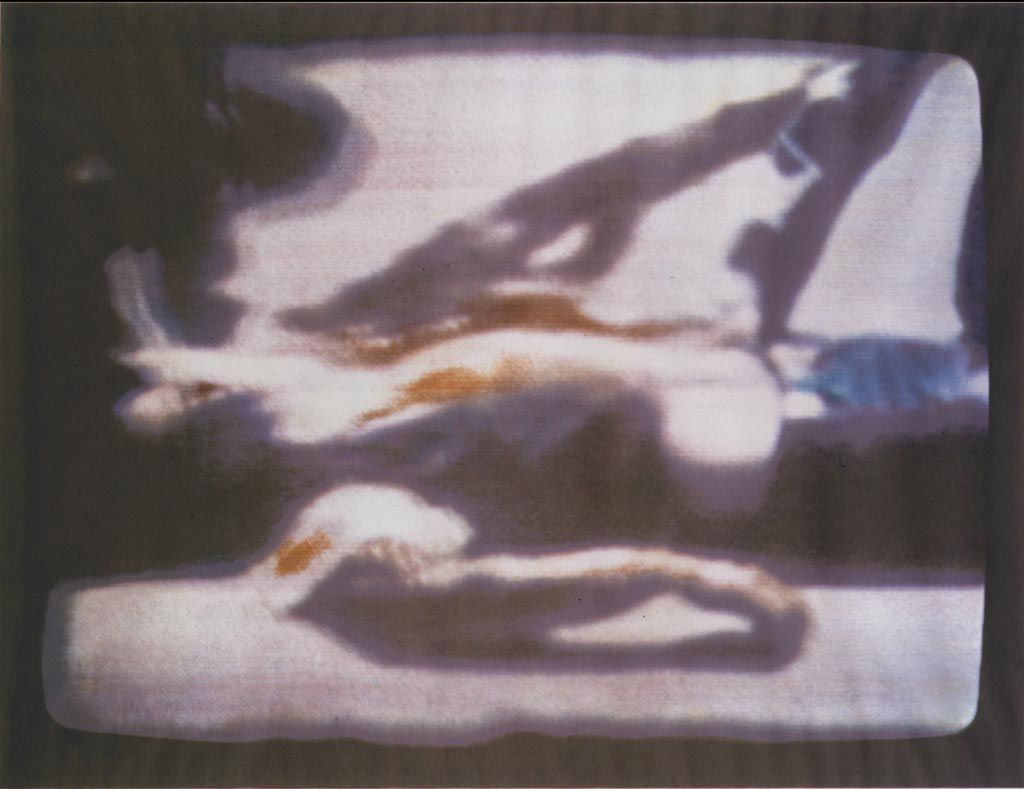
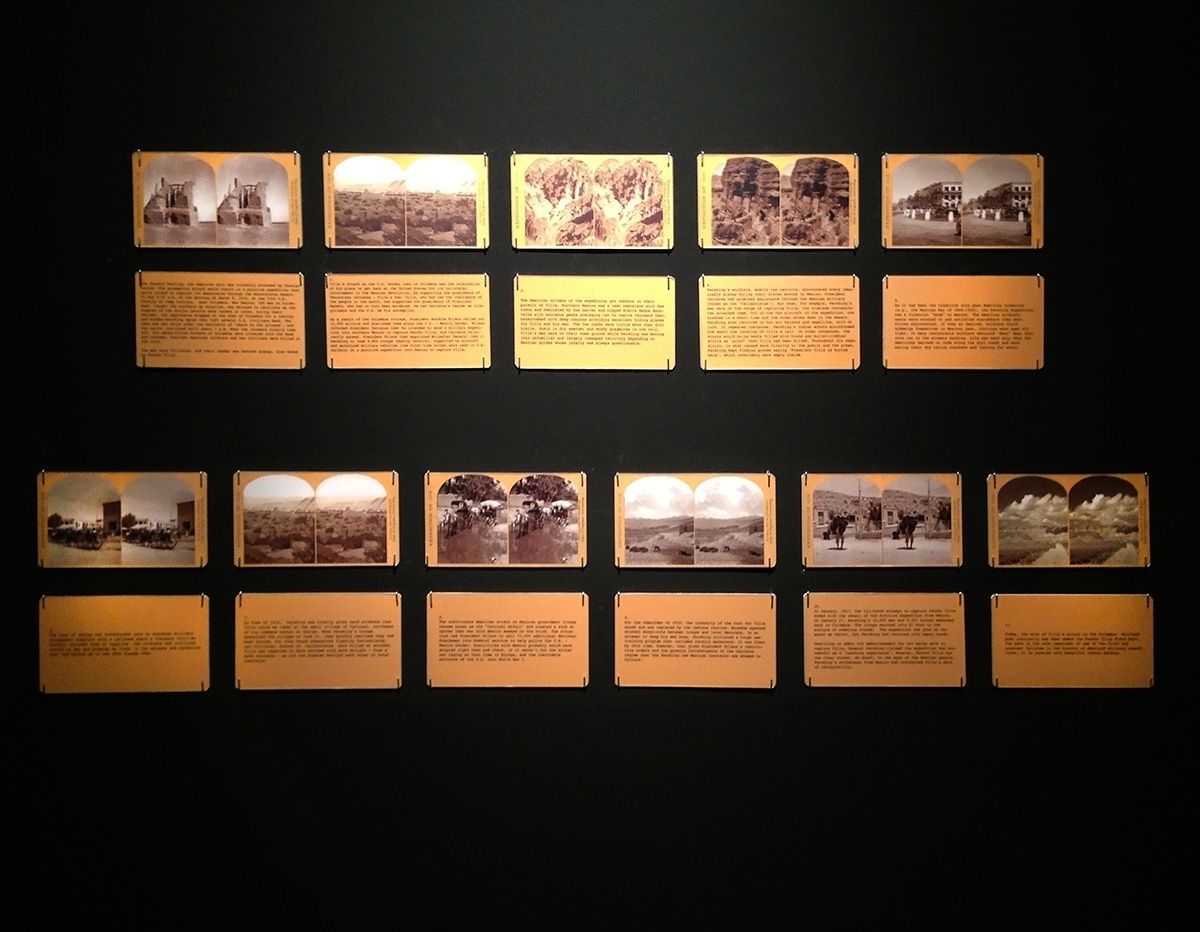
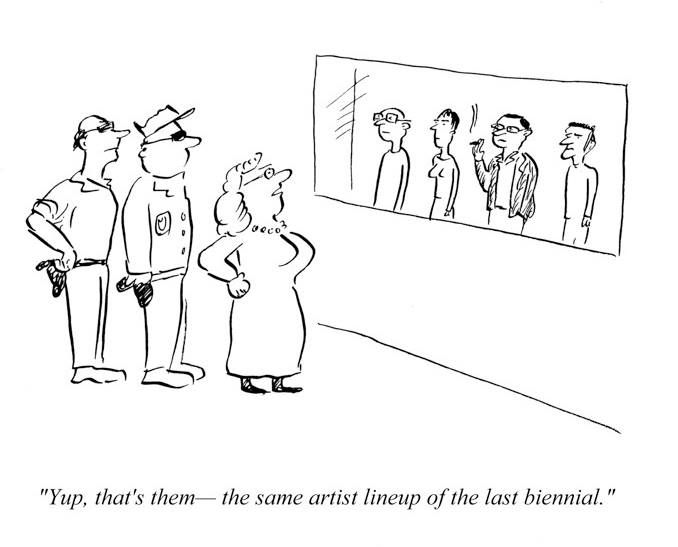
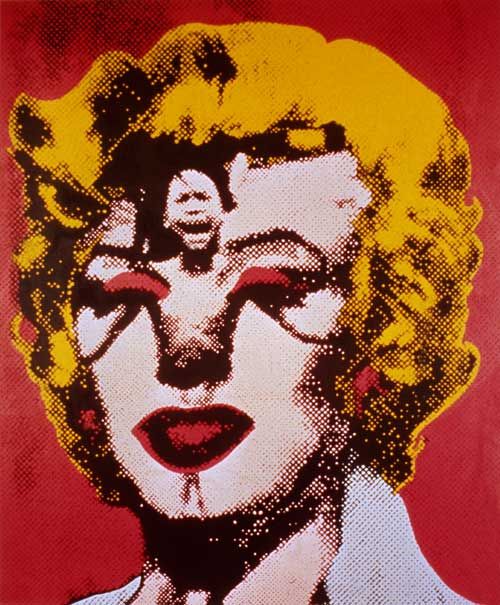
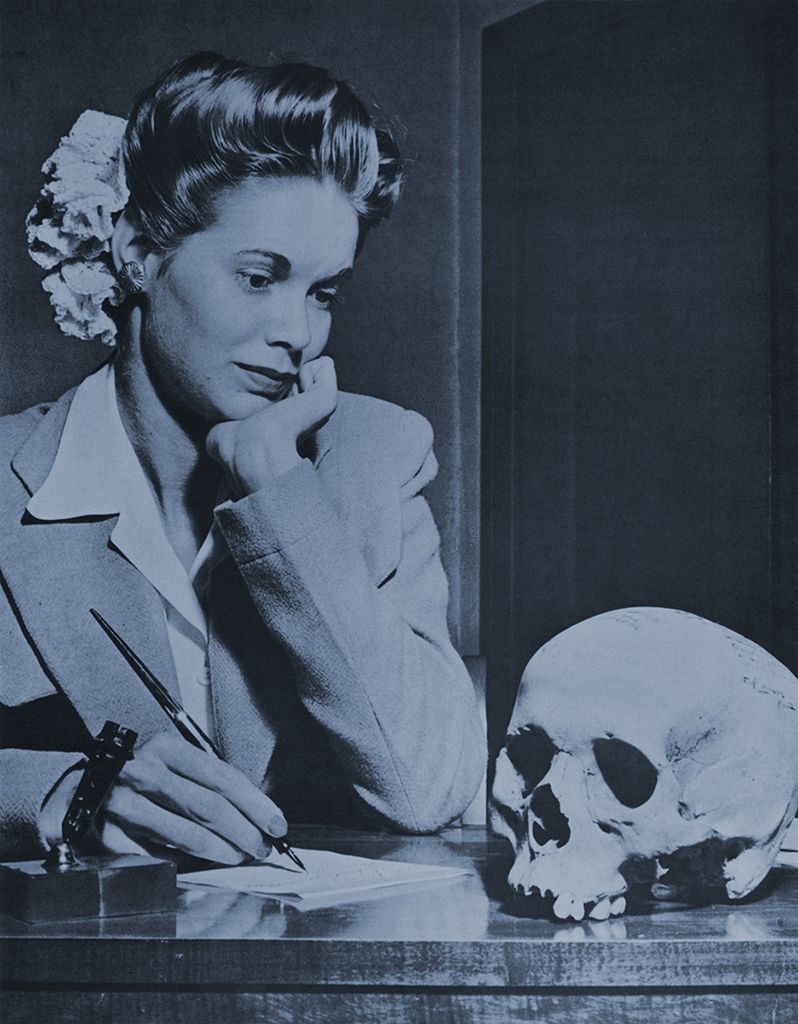
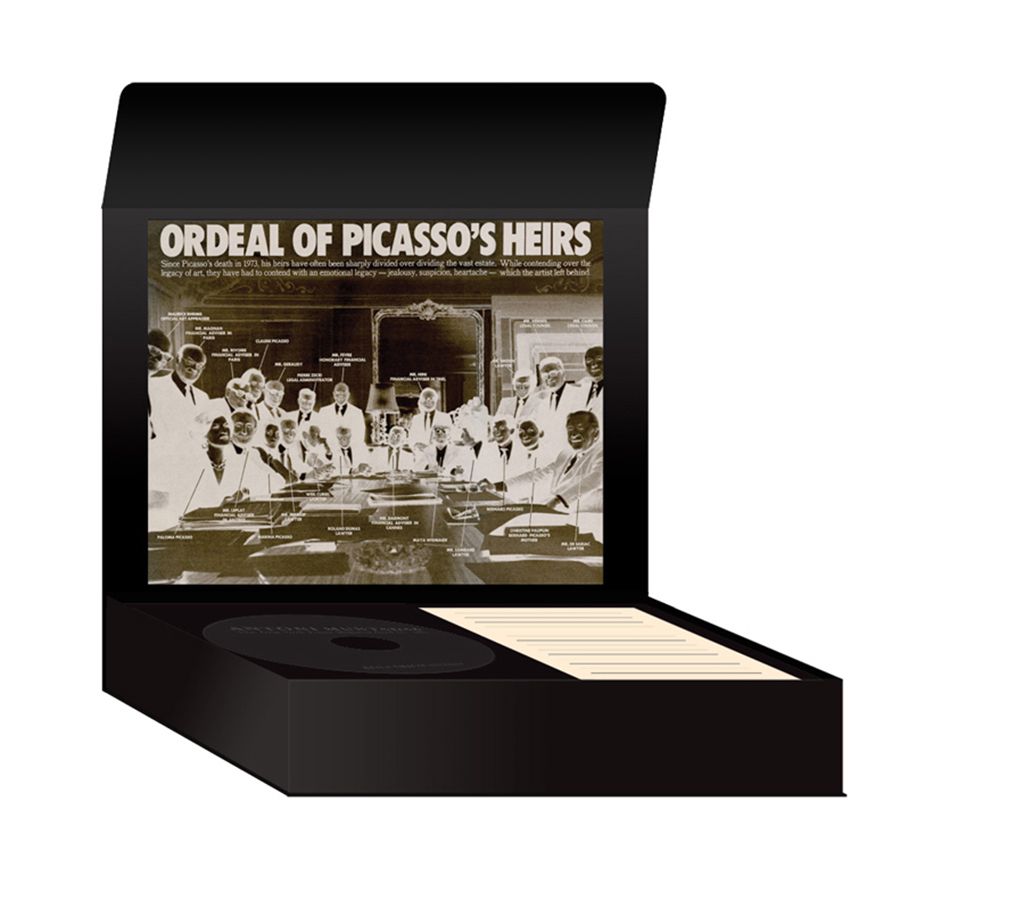
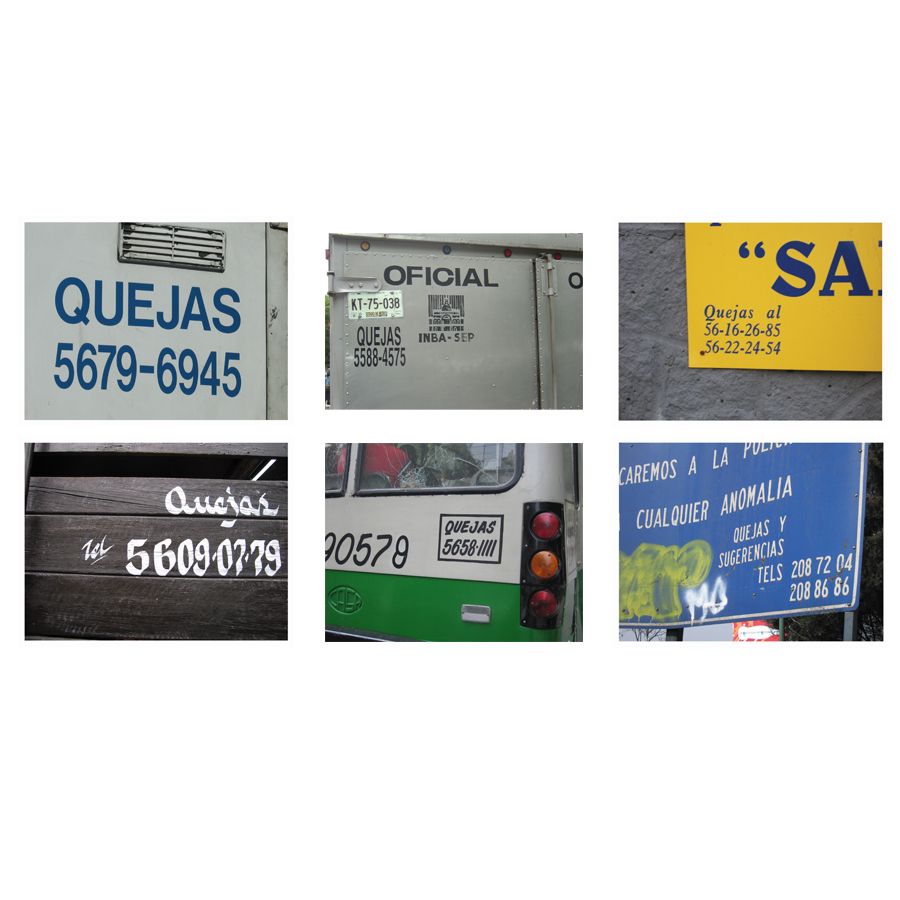
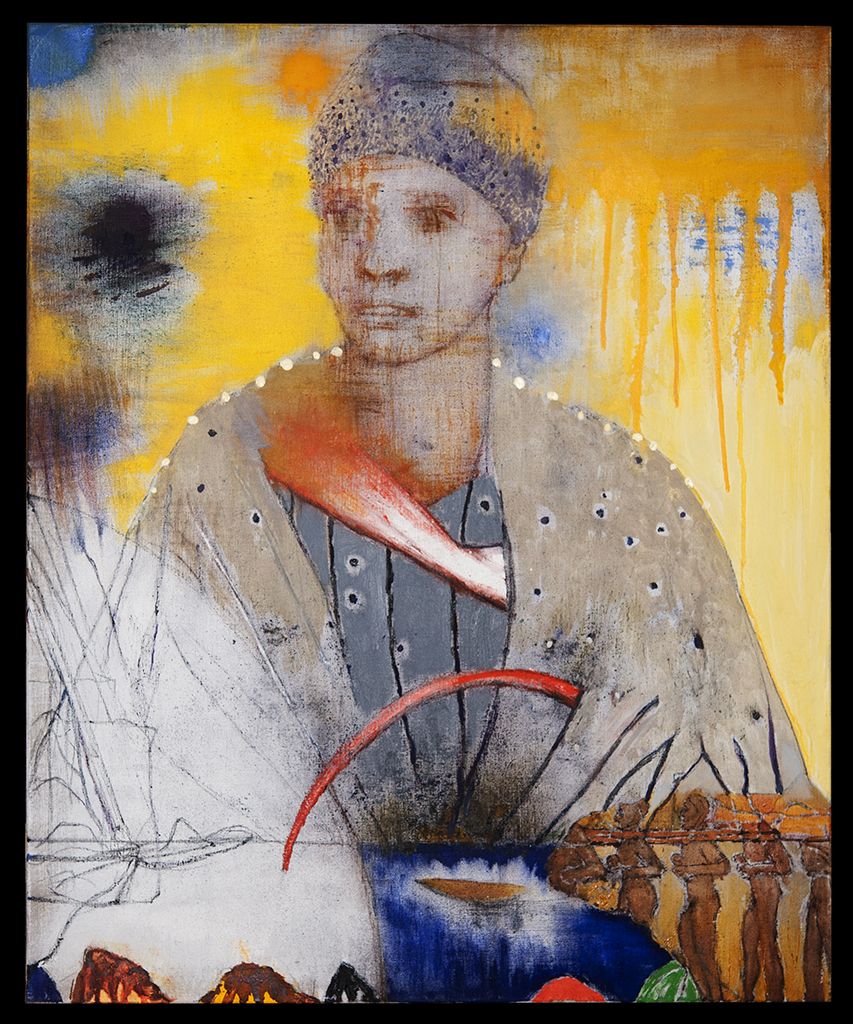
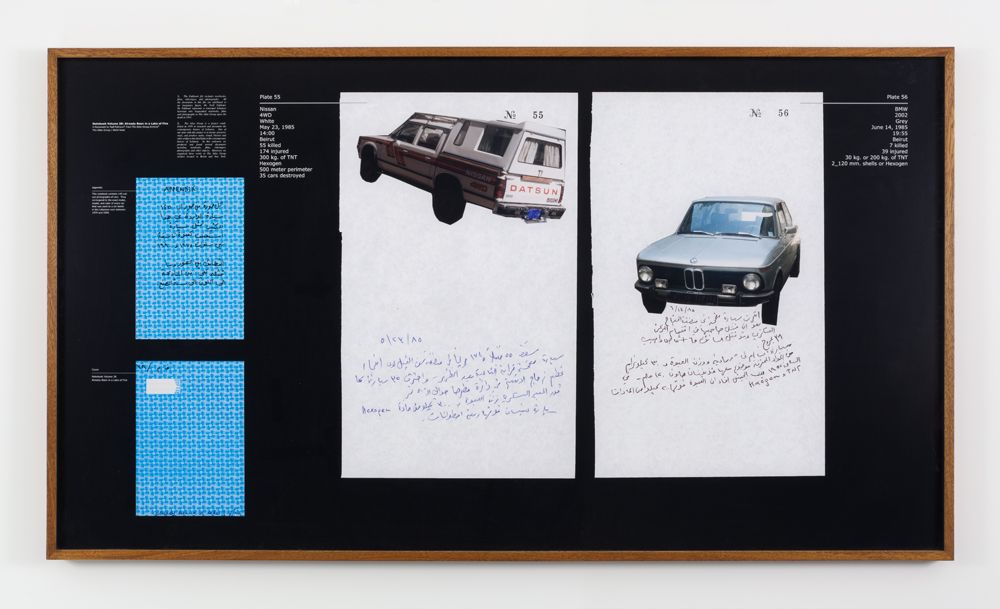
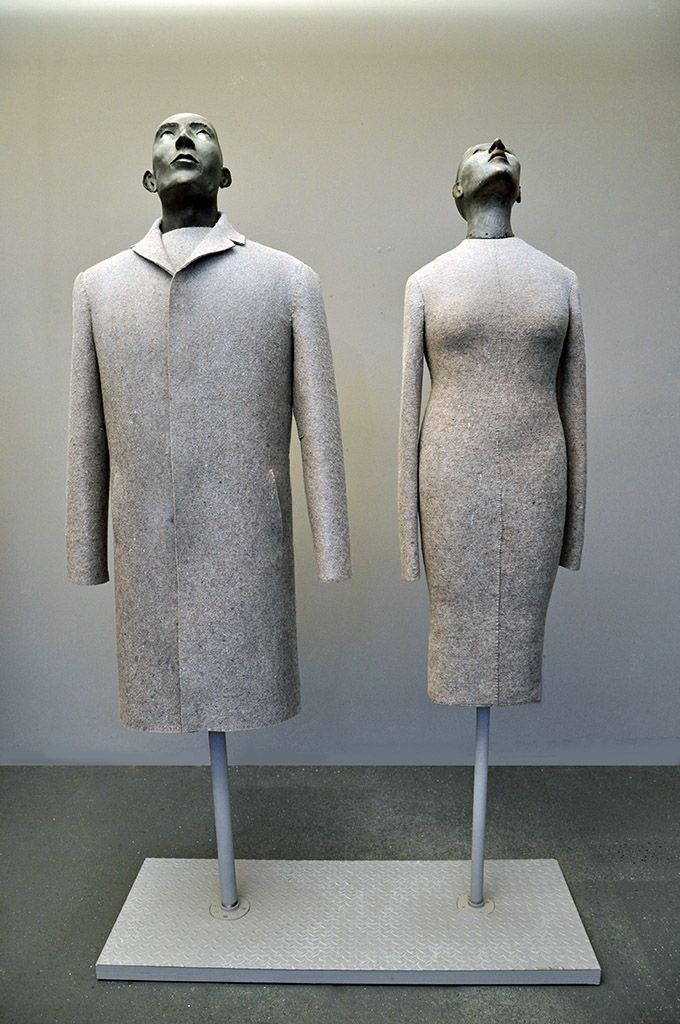
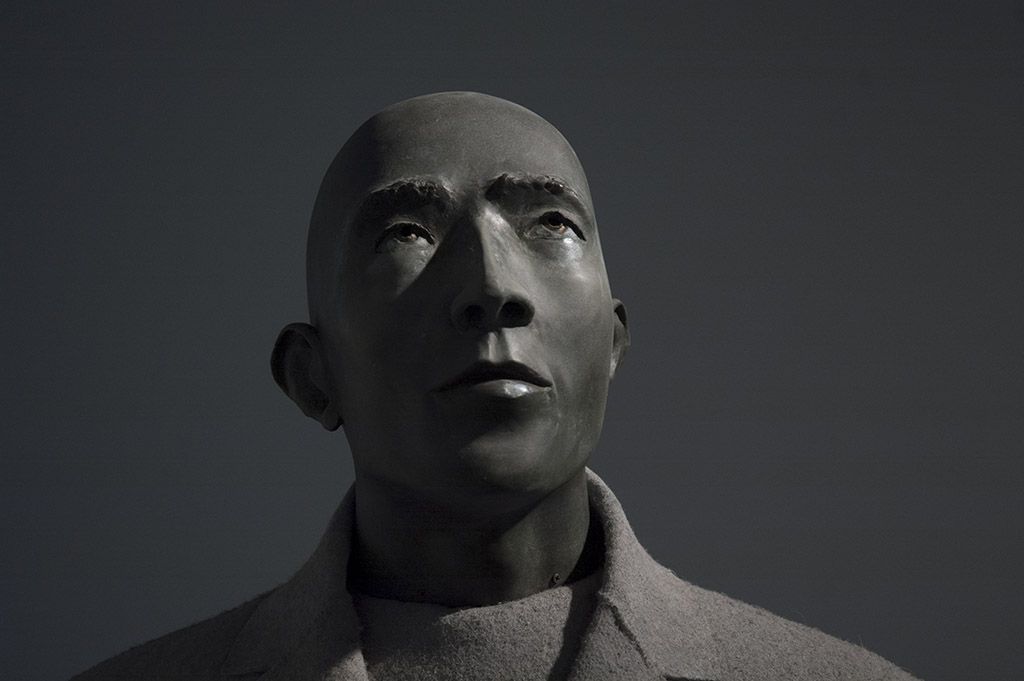

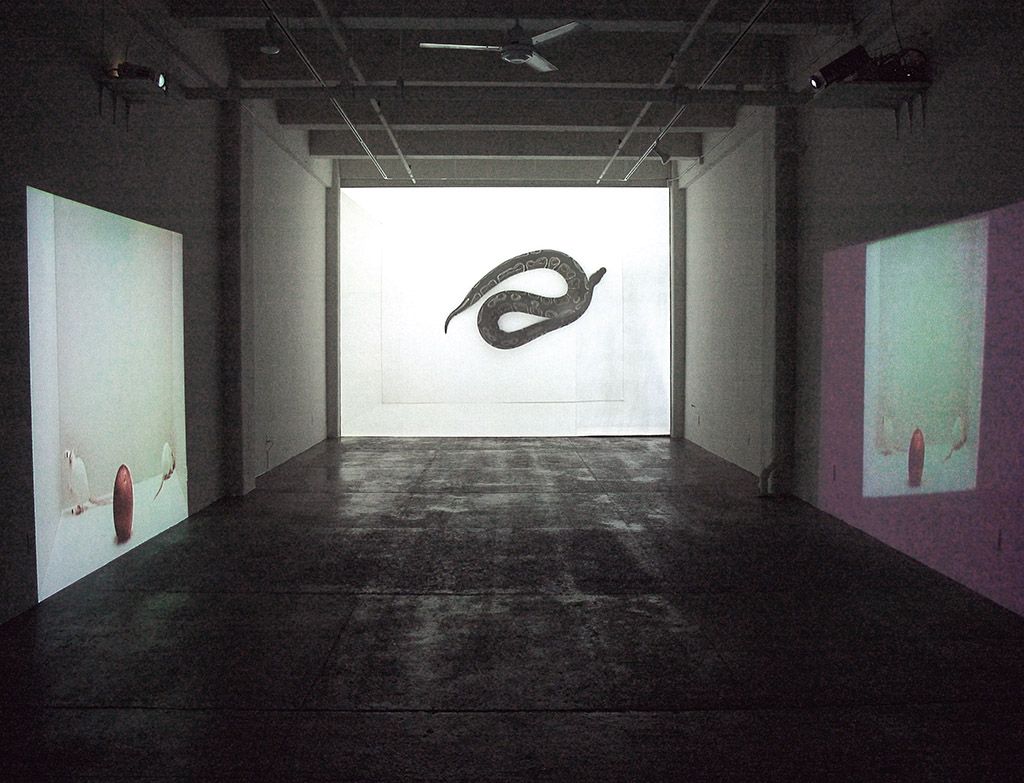
The artists and works presented here address the truths and revelations concerning the events of our lifetime. Through distinct and varied voices, the paintings and sculptures exhibited present a visceral portrait of events where words themselves might not have sufficed:
Dennis Adams (b. 1948, Des Moines, IA) “Since 1975 I have lived in the same loft in New York, about eight blocks north of the Twin Towers. On the morning of September 11, 2001, I had just stepped out of a taxi in front of the Cooper Union when I heard the sky roar. I looked up to see the first plane swooping down like a huge predator over the West Village—then the skyline swallowed it seconds before the north Tower was hit.” In the wake of the smoldering World Trade Center, Adams photographed newspapers and plastic bags that he observed floating over the city. Suspended in the atmospheric light of changing skies, Adams captured these isolated urban fragments as signs of both memory and prophecy.
Troy Brauntuch (b. 1954, Jersey City, NJ) Beginning with his show at The Kitchen (1979) and subsequent references to Cal Arts, or the “Pictures Generation” Brauntuch’s art transcends appropriation, suggesting voyeurism as a means of establishing a more intimate relationship to the “reality” that precedes it. In this instance, driving across Los Angeles en route to his own solo show at Thomas Solomon’s Garage (1992), the city erupted after the verdict of the Rodney King trial was announced, evidenced in the subsequent riots and fires that poured across the roadways. Included in Brauntuch’s retrospective in Grenoble (2007), this is the first viewing of this important work in the United States.
John Brill (b. 1951, Newark, NJ) As “witness,” the camera is not merely a surrogate for its human creators, but instead transcends the innate limitations of human sensation and perception, able to “see” in wavelengths both below and beyond the relatively thin slice of electromagnetic radiation to which natural selection has otherwise restricted our biologically-based visual experience. My 2003 series Cosmophilia—a self-conscious reference to Erich Fromm and E.O. Wilson’s novel and rather tendentious concept of biophilia—sought to contrast these innate limitations with our prodigious and comparably innate fascination with the cosmos on multiple levels, from the scientific to the existential to the romantic to the abstract. More than gratuitously ironic, the term cosmophilia was coined to explicitly propose an affiliation with the cosmos akin to that with the biological world. In both its original iteration and the current installation which borrows heavily from it,Cosmophilia also forces the ever-present question of photographic veracity which is, inevitably, never entirely circumvented, whether the witness is human or inanimate, or whether those confronting the question are scientist or philosopher—or artist!
Heide Fasnacht (b. 1951, Cleveland, OH) Over the past 20 years, Fasnacht has been fascinated with the threshold of visibility of things that are impossible to visualize in any stable way – beginning with Wilhelm Fleiss’s Sneeze to images of military explosions, volcanic eruptions, and planned detonations. Known as one of her most ambitious works, the reading of Demo (1999) was altered by the events of 9/11, and withdrawn from further view until now, 14 years later.
Richard Hamilton (b. 1922, London, England; d. 2011) “It had been on my mind that there might be a subject staring me in the face from the TV screen. I set up a camera in front of the TV for a week. Every night I sat watching with a shutter release in my hand. If something interesting happened I snapped it up. During that week in May 1970, many possibilities emerged, from the Black and White Minstrel Show to Match of the Day; I also had a good many news items. In the middle of the week the shooting of students by National Guardsmen occurred at Kent State University. This tragic event produced the most powerful images that emerged from the camera, yet I felt a reluctance to use any of them. It was too terrible an incident in American history to submit to arty treatment. Yet there it was in my hand, by chance – I didn’t really choose the subject, it offered itself. . . It coolly describes the passage of information. From the actual fact of a young man struck down by the bullets of amateur guardsmen to the eventual representation in a print, all the transformations of energy, listed remorselessly like a modern version of the tale of Paul Revere.”
Pablo Helguera (b. 1971, Mexico City) Punitive Expedition (A Topographer’s Tale) was developed in 2002, during the US invasion of Afghanistan and the pursuit by the Bush administration of the mastermind of the 9/11 attacks, Osama Bin Laden. The installation, which consists of 12 stereoscopic post cards that narrate the punitive expedition of General Pershing in pursuit of Pancho Villa, are intended to promote a reflection on the parallelisms of history as well as making a commentary on US foreign policy.
Jerry Kearns (b. 1940s, South Carolina) In juxtaposing the martyrdom of a Hollywood idol with Nik Ut’s iconic Vietnam War photograph of Kim Phuc running burnt and naked from a napalm strike, Kearns interlaces familiar pop culture with a visual mash-up of our media feed. Whether it is the news, TV commercials, program content, magazine photos, the internet, or art itself, the control of information is central to maintaining power.
Annette Lemieux (b. 1957, Norfolk, VA) This early work of Lemieux’s was conceived shortly after a brush with death. The appropriated image was drawn from a 1944 issue of LIFE magazine that portrayed a woman thoughtfully gazing down at a skull – reportedly of a Japanese soldier- sent to her from New Guinea by her boyfriend serving in the Pacific.
Muntadas (b. 1942, Barcelona) During the artist’s travels, Muntadas has a keen eye for irony as reflected inQuejas, a project that he produced while in Mexico where he discovered that the “complaint” numbers found on the taxis and trucks were all disconnected or inoperable. Another project on view is based on a photograph which, as the title Ordeal of Picasso’s Heirs suggests, was altered from the published illustration in The New York Time Magazine / 20th of April 1980. Given the now legendary values of Picasso’s works, Ordeal portrays the dividing of the spoils of Picasso’s passing, acting as a critical commentary of this often-overlooked aspect of an artist’s legacy.
Irving Petlin (b. 1934, Chicago, IL) The Madonnas shown here were painted during the most recent period of intense suffering of young African-Americans at the hands of the police across the entire U.S. “I wanted to paint a protector for them. I entrust these icons as an expression of compassion for the pain and suffering”. Petlin has continuously investigated the dilemmas of the disadvantaged and the immigrants in our culture.
Walid Raad (b. 1967, Lebanon] Drawn from the Thin Neck Files of the Atlas Group, the project examined the history of 245 car bombs that exploded in Lebanon between 1975 and 1991. Exploring the veracity of photographic and video documents in the public realm over the past 25 years, Raad addresses the role of memory and narrative to communicate something of the condition of the contemporary Lebanese experience.
Judith Shea (b. 1948, Philadelphia, PA) Shortly after September 11th, Shea began a body of work she calls “The Legacy Collection,” which was provoked by the imagery and media saturation of the catastrophic events. A near-by resident and eyewitness to the event, she wanted to impart the intimate reality of the experience. Her carved, mannequin-like figures, stitched into grey industrial felt, paired, like twins, dust-saturated, and shocked, with their faces uplifted as if in expectation, form an expressive narrative of the event. Inspired by the images from shop windows like the Brooks Brothers store across the street from the World Trade Center site, this series brings together all of Judith’s concerns from the beginning of her career as a sculptor to the present- conveying powerful imagery that goes beyond its formal sculptural quality to communicate personal and societal issues.
Liselot van der Heijden (b. 1964, Haarlem, The Netherlands) Serpent was originally made as a critical response to the Bush administration’s deceptive and manipulative use of the word Evil. Projecting the snake as a metaphor of evil through its seductive image and fluent movement, an oblivious snake becomes the serpent — symbol and instigator of the original sin, who seduces Eve with the promise of the divine knowledge of Good and Evil, if she eats a fruit from the Tree of Knowledge. The installation simulates a physical encounter with the serpent in an enclosed white space that mimics the gallery. The sinuous movement mesmerizes through its surreal scale, positioning and distorted sense of gravity.
